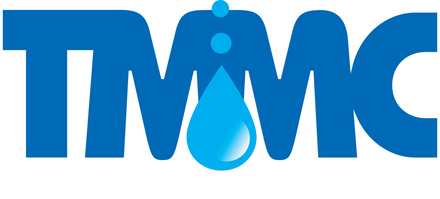If left unchecked, water intrusion can damage a home or building.
It can cause rotted wood, peeling paint, rusted metals, water stains, buckling floors, mold growth, and even pest infestations.
The result? Costly repairs, diminished property value, even a decline in indoor air quality. This is why testing homes and commercial buildings for moisture is critical. But, as a restorer, you probably already know that! So let’s dive deeper and talk tools.
Importance of Moisture Meters
The best tool for locating moisture is the moisture meter. It can make your job easier in finding the presence or source of moisture. Moisture meters quickly and accurately detect areas of moisture intrusion – especially areas that are hidden and not readily apparent during a visual inspection.
However, moisture meters are valuable for another reason. They provide clear, exact data you can easily share with property owners. Providing this kind of information to a property owner documents the proof of unwanted moisture.
There are two types of moisture meters: pin-type meters and pinless meters.
Pin-type moisture meters are equipped with two metal pins that must penetrate the wood or material’s surface in order to take a moisture reading. Manufacturers of pin meters normally have probes of varying lengths and designs in order to extend their reach. The moisture content (MC) reading is normally taken at the depth the pins are driven into an object.
While pin-type meters may be capable of taking MC readings deep within a material, they come with several disadvantages that significantly compromise their accuracy and performance. For instance, when the insulation surrounding the meter’s pins peels or comes completely off, the meter will give false MC readings.
Uninsulated pins measure the wettest layer of wood they come in contact with. So if the material is located where it can absorb a lot of moisture, it may have higher MC on the surface than the core. In that event, uninsulated pins will only take a reading of the wetter outer surface no matter how deep the pins penetrate.
There are other drawbacks as well. Pin-type meters measure moisture in only a relatively small area surrounding the pin insertion. Therefore, intermittent wet spots in the wood or material may be missed.
Pin meters put unsightly holes in the surface of the wood or material with each test, so they require extra care when using.
Another concern is the possibility of broken pins or false readings because of improperly driven pins or broken electrical connections. This can happen because of the force necessary to insert a pin meter into wood. The longer the pins are, the greater the risk of breakage during use. If replacement pins are not on hand, the meter becomes unusable if there is breakage.
Pin meters also are more sensitive to temperature changes than pinless meters. Because of that, pin meters come with temperature correction charts if accuracy is desired.
Pinless moisture meters
Pinless moisture meters use radio frequency signals to detect and measure MC beneath the surface of a material. At the bottom of the meter is a sensor plate, which is held tightly against the surface of the material being tested.
Pinless meters take a three-dimensional average of the moisture in wood or other materials. This decreases the likelihood that intermittent wet spots will be missed, as is the case with pin-type meters.
Most pinless meters are unable to distinguish between moisture or ambient conditions on the surface of the wood, and the real picture in the wood. Pin-type meters may be able to bypass the surface conditions, but they also damage the surface of the wood or other materials each time a reading is taken.
Air humidity, condensation, or other ambient conditions can impact many moisture meters and give inaccurate moisture readings potentially making a contractor liable for moisture-related damages that may occur. That is why it is important to explore various features of moisture meters (and any tool or technology you buy) to be sure they have built-in, innovative technology to ensure highly accurate readings.
Pinless moisture meters with sensor plates also offer another option when you have a relatively large scan surface. Contractors use these to get measurements quickly and easily in large areas, and identify the possible moisture source sooner.
There are pros and cons to both types of meters, but it is imperative that you do your homework and think about the kinds of surfaces you are testing to be sure you choose the best meters for you and your crew.

